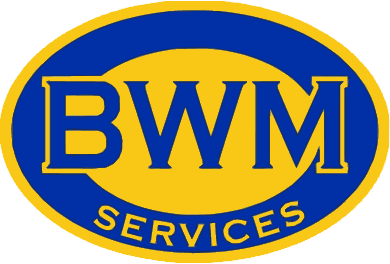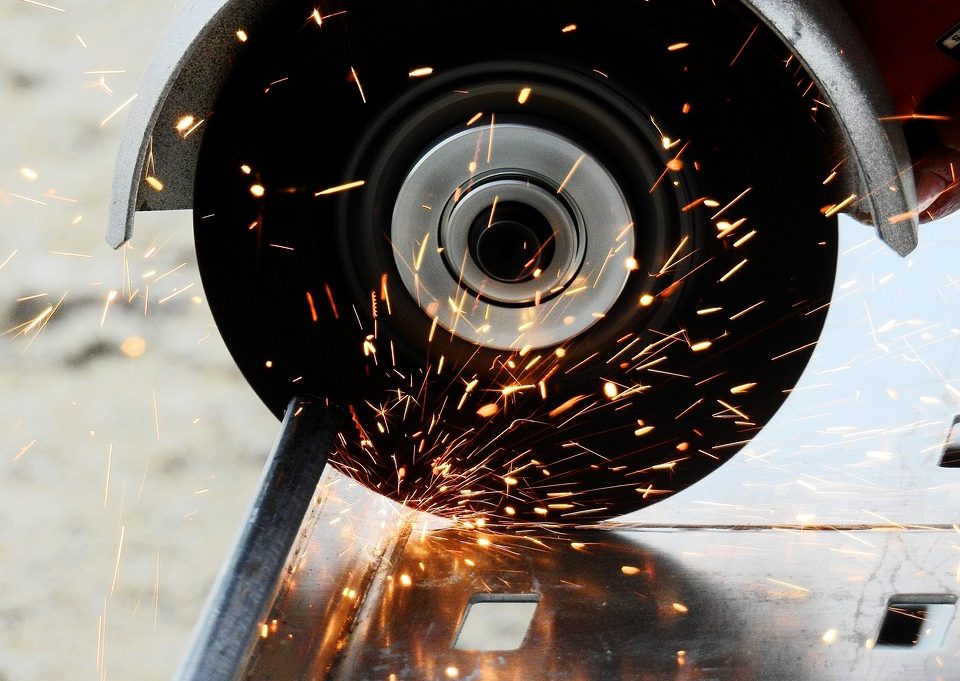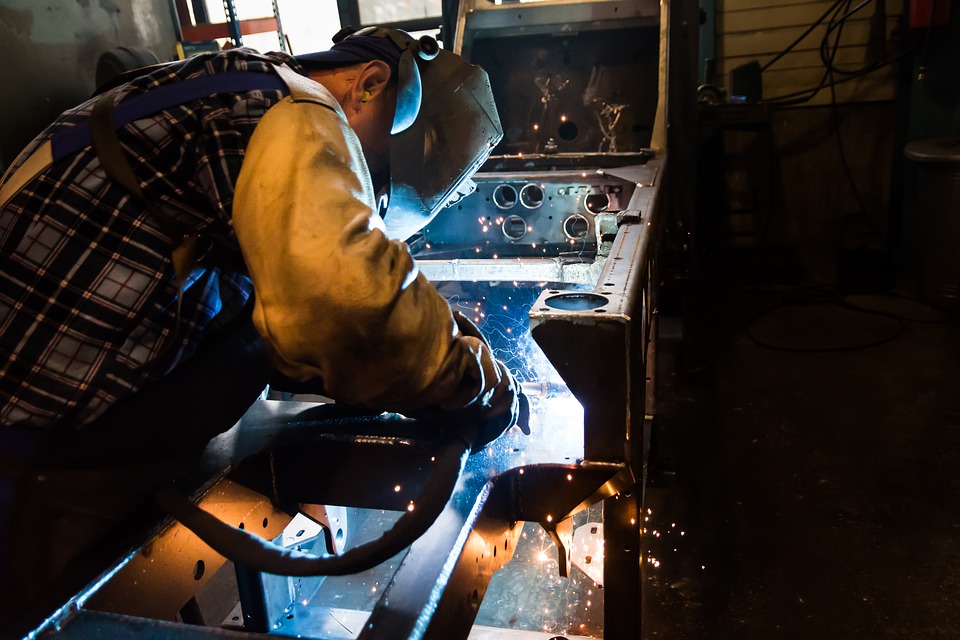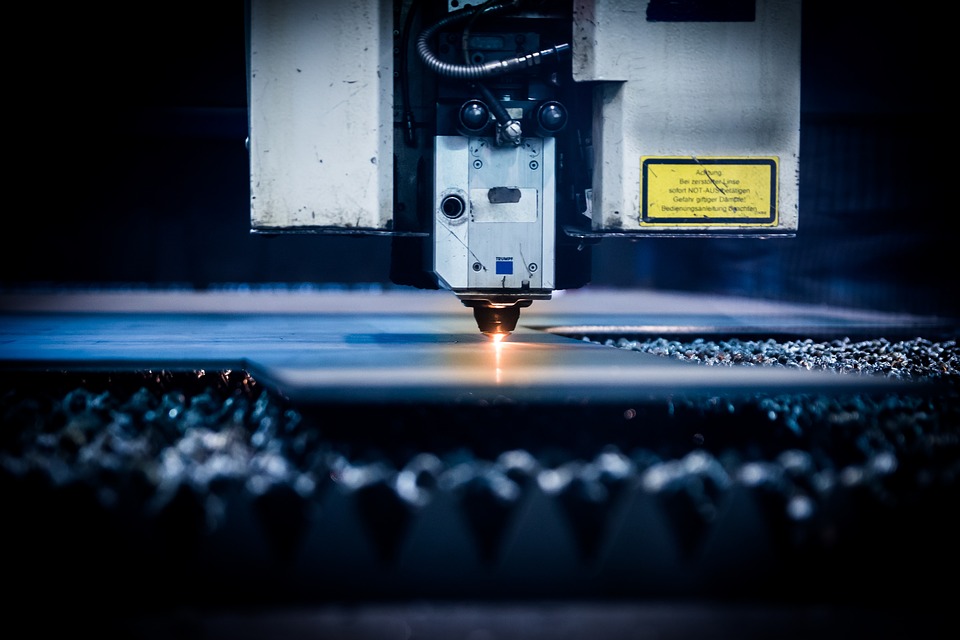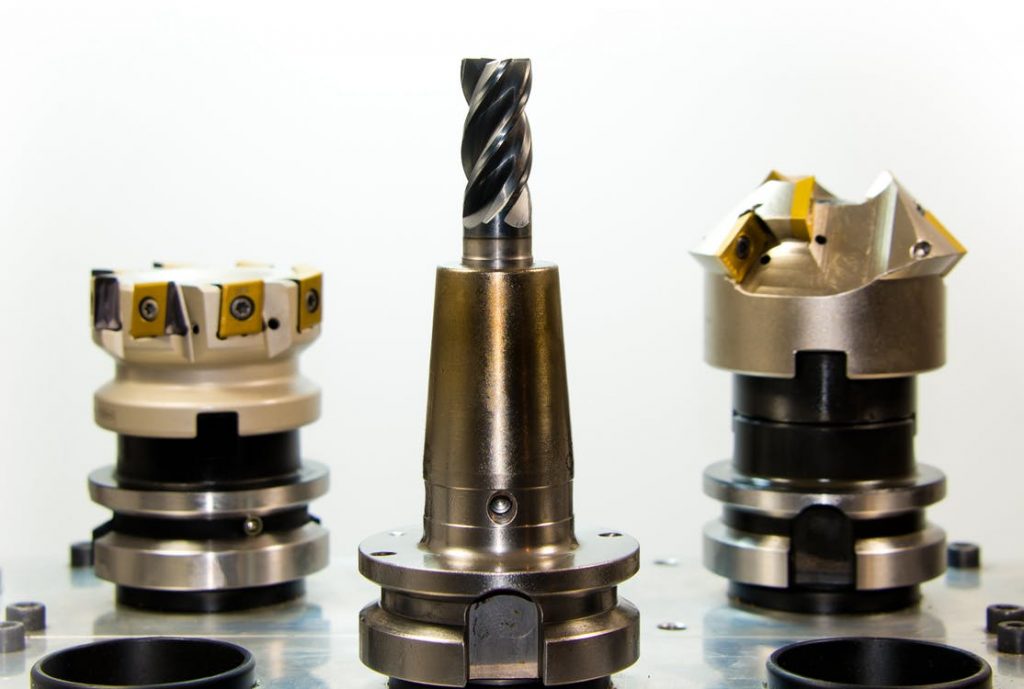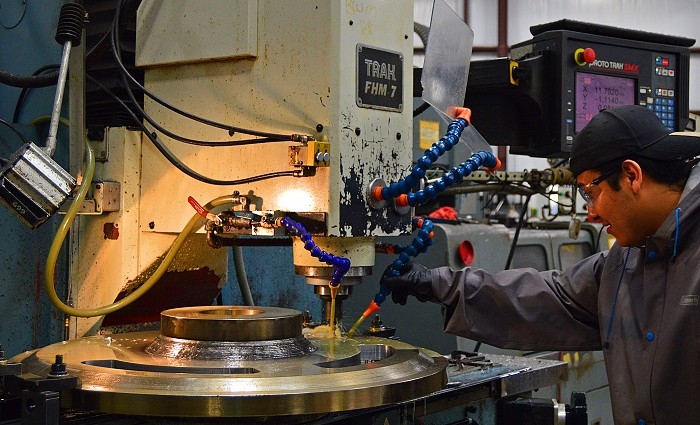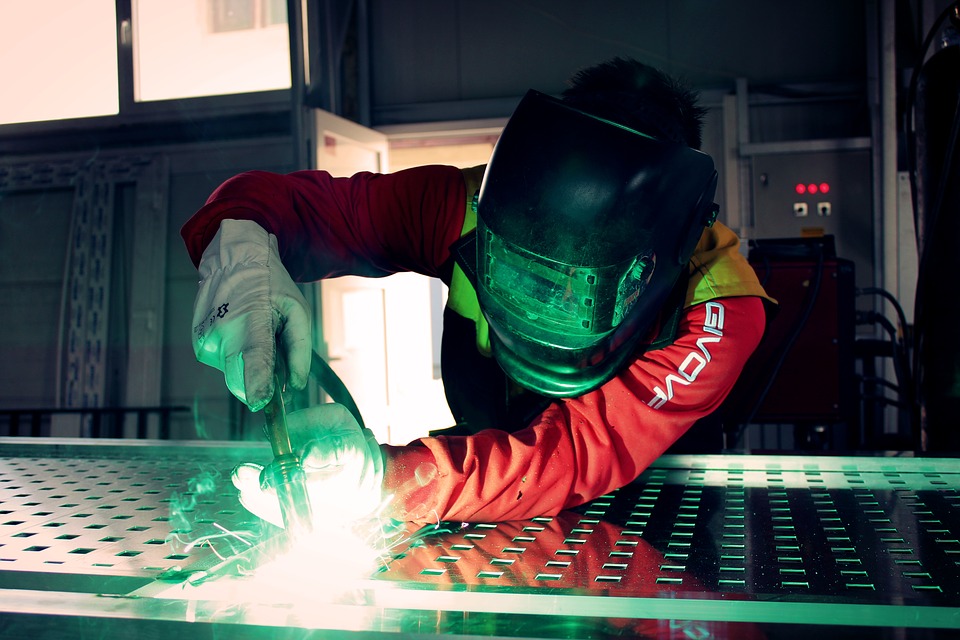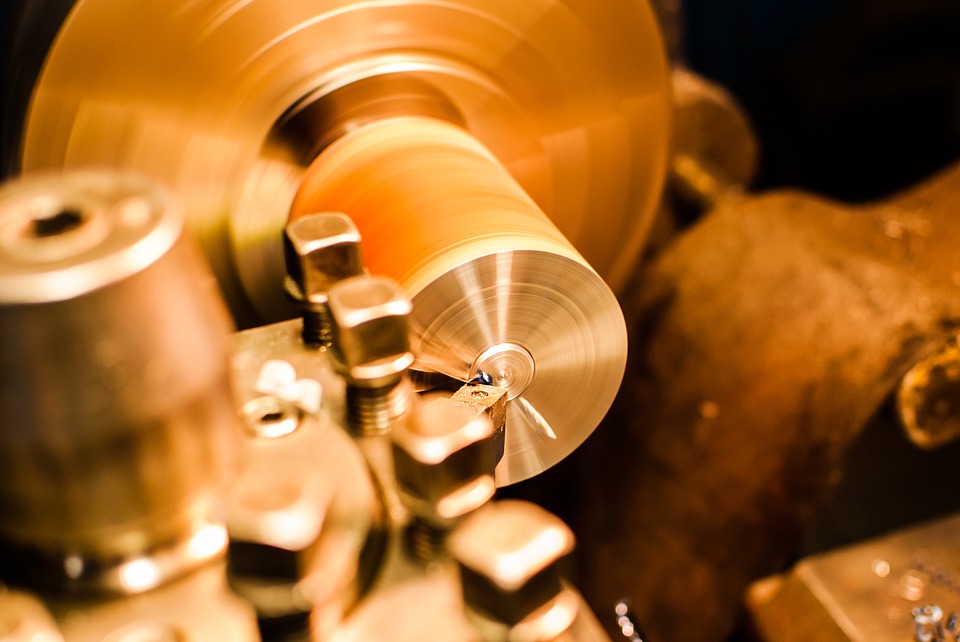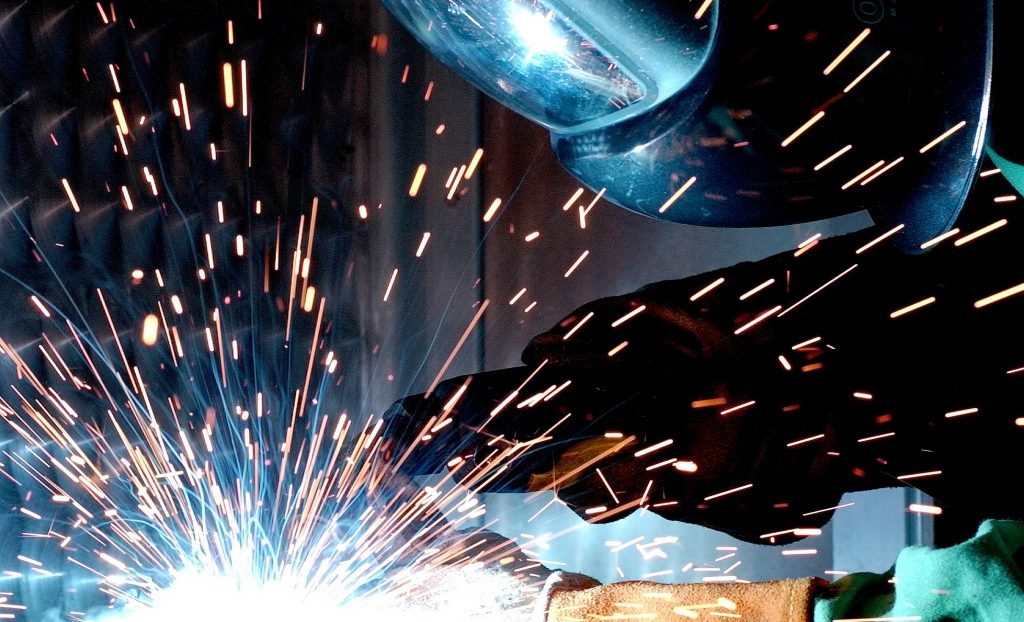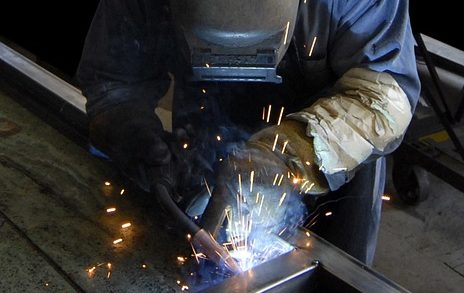How to Choose Filler Metals for Carbon and Low-Alloy Applications
Continue reading How to Choose Filler Metals for Carbon and Low-Alloy Applications
Plasma Arc Cutting Quality Challenges and Troubleshooting
Continue reading Plasma Arc Cutting Quality Challenges and Troubleshooting
High-End Toolholders for High-Speed Machining
Continue reading High-End Toolholders for High-Speed Machining
Now Hiring Machinists
Job Title: CNC Programmer/Manual Machinist
Reports To: Owner & Production Manager
Position Overview:
We are looking for a machinist/apprentice that can operate both manual and CNC machining centers.
Job Duties:
(Other duties may be assigned)
- Verify material supplied meets requirements
- Service machine fluids as necessary
- Report unsafe conditions & required maintenance to authorized personnel
- Perform machine tool setups using proper mechanical techniques and machining practices
- Properly operate CNC or manual mills and lathes & perform required tool changes
- Ability to properly use precision measuring equipment
- Knowledge of speeds and feeds relation to various material types
- Basic math skills
- Hand tools knowledge
Work Environment:
- Moderate noise levels in shop area
- Other functions that may be necessary throughout the day: walking, kneeling, reaching with arms and hands, climbing/balancing, crouching or crawling
- Must supply your own tools (will provide tool list)
Education/Experience:
- A minimum of a high-school diploma or General Equivalency Diploma (GED) is required
- must be proficient in spoken and written English (Bilingual a plus)
Training:
- Willing to train qualified candidates.
Working hours are Monday through Friday 8:00am to 4:30pm and Saturday 8:00am to 12:30pm as workload requires. Uniforms, health insurance, 401(K), paid vacation and paid holiday.
Compensation: D.O.E.
Visit our website to learn more about us and to apply today:
Using Advanced Welding Technology Can Revitalized Today’s Welding Classroom
Continue reading Using Advanced Welding Technology Can Revitalized Today’s Welding Classroom
GMAW Gun Troubleshooting with BWM Services
Educated Welders: BWM Services Discusses the Real Employment Issue
Continue reading Educated Welders: BWM Services Discusses the Real Employment Issue
Meeting the Demand for Welding Engineers at BWM Services
Continue reading Meeting the Demand for Welding Engineers at BWM Services
